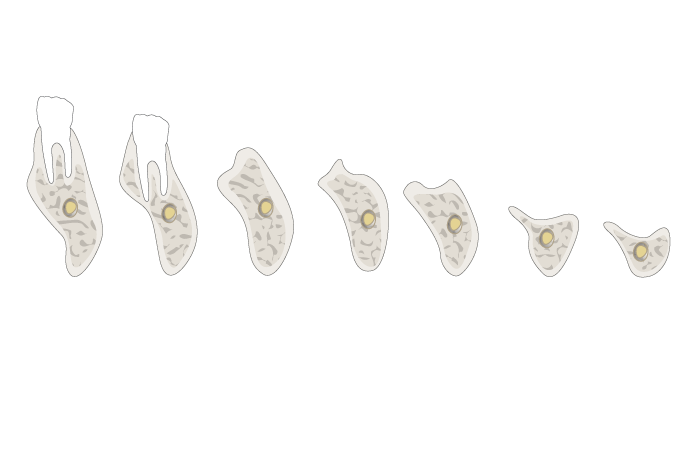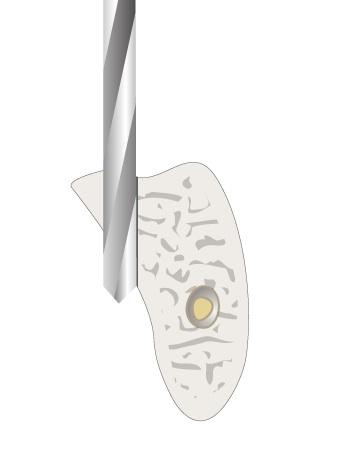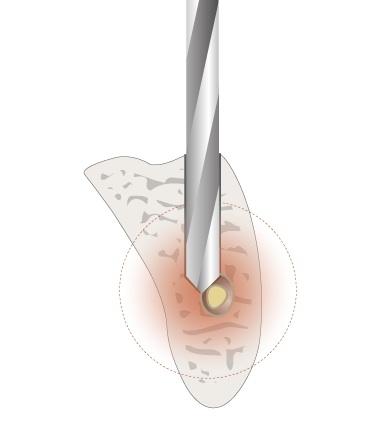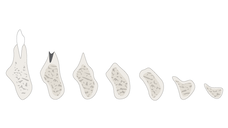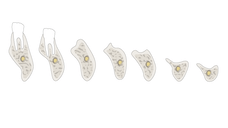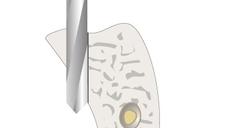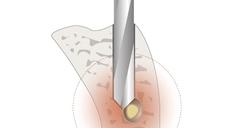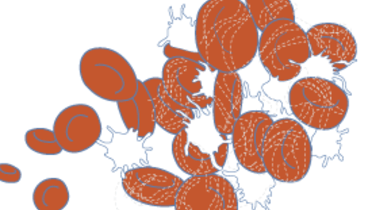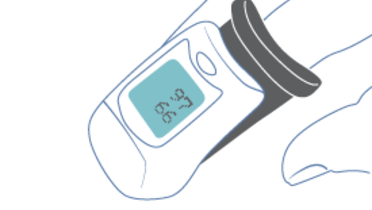-
0
Patient Assessment
- 0.1 Patient demand
- 0.2 Overarching considerations
- 0.3 Local history
- 0.4 Anatomical location
- 0.5 General patient history
-
0.6
Risk assessment & special high risk categories
- 5.1 Risk assessment & special high risk categories
- 5.2 age
- 5.3 Compliance
- 5.4 Smoking
- 5.5 Drug abuse
- 5.6 Recreational drugs and alcohol abuse
- 5.7 Parafunctions
- 5.8 Diabetes
- 5.9 Osteoporosis
- 5.10 Coagulation disorders and anticoagulant therapy
- 5.11 Steroids
- 5.12 Bisphosphonates
- 5.13 BRONJ / ARONJ
- 5.14 Radiotherapy
- 5.15 Risk factors
-
1
Diagnostics
-
1.1
Clinical Assessment
- 0.1 Lip line
- 0.2 Mouth opening
- 0.3 Vertical dimension
- 0.4 Maxillo-mandibular relationship
- 0.5 TMD
- 0.6 Existing prosthesis
- 0.7 Muco-gingival junction
- 0.8 Hyposalivation and Xerostomia
- 1.2 Clinical findings
-
1.3
Clinical diagnostic assessments
- 2.1 Microbiology
- 2.2 Salivary output
-
1.4
Diagnostic imaging
- 3.1 Imaging overview
- 3.2 Intraoral radiographs
- 3.3 Panoramic
- 3.4 CBCT
- 3.5 CT
- 1.5 Diagnostic prosthodontic guides
-
1.1
Clinical Assessment
-
2
Treatment Options
- 2.1 Mucosally-supported
-
2.2
Implant-retained/supported, general
- 1.1 Prosthodontic options overview
- 1.2 Number of implants maxilla and mandible
- 1.3 Time to function
- 1.4 Submerged or non-submerged
- 1.5 Soft tissue management
- 1.6 Hard tissue management, mandible
- 1.7 Hard tissue management, maxilla
- 1.8 Need for grafting
- 1.9 Healed vs fresh extraction socket
- 1.10 Digital treatment planning protocols
- 2.3 Implant prosthetics - removable
-
2.4
Implant prosthetics - fixed
- 2.5 Comprehensive treatment concepts
-
3
Treatment Procedures
-
3.1
Surgical
-
3.2
Removable prosthetics
-
3.3
Fixed prosthetics
-
3.1
Surgical
- 4 Aftercare
Intra-operative complications
Key points
- Due to the anatomic characteristics of the edentulous lower jaw intraoperative complications can occur
- Evaluation of hard tissue configuration/dimension helps to avoid intraoperative complications
- Jaw fracture, bone perforation, vessel and nerve injury are potential intraoperative complications
Intra-operative complications - general
In the atrophic mandible soft tissues become prominent and the inferior alveolar nerve is located more superficially.
Fracture
Fractures of the atrophic edentulous mandible can occur during implant insertion. Especially in hard bone (i.e. D1, D2) the usage of additional drilling instruments either for the extension of the cortical bone part or thread preparations are recommended.
Perforation
Due to the resorption characteristics of the edentulous jaw (Fig 1,2,3), the posterior region represents a predestined location for lingual perforation in the lower jaw and for perforation of the maxillary sinus floor in the maxilla during implant bed preparation. Surrounding soft tissues (i.e. blood vessels, nerve and muscles) can be injured which may have serious consequences. Since hard tissue configuration and dimension of the atrophic jaw cannot be evaluated precisely by conventional radiography, additional 3-D imaging i.e. cone-beam computed tomography (CBCT) or medical CT can be necessary to reduce the risk of perforation. An occurring resistance during implant bed preparation represents a sign for cortical preparation. The permanent control of the preparation depth as well as low pressure during implant bed preparation are essential to avoid drill deviation and perforation.
Vascular injury
Drill intrusion, drill slipping or perforation of the lingual cortical plate can lead to vessel perforation due to close vessels course in the floor of mouth. Massive hemorrhages of the floor of the mouth can lead to life-threatening dyspnea which can necessitate further interventions, e.g. intubation. (See also Article 'Complications/Bleeding')
Inferior alveolar nerve injury
In the context of implant bed preparation (Fig 4) and implant insertion the inferior alveolar nerve can be injured which can lead to permanent or temporary alterations. Often the whole length of the bur up to the tip is not specified as total length. Especially in atrophic regions with less vertical bone to the inferior alveolar nerve the actual total drill length needs to be taken into account and one needs to follow the manufacturer`s instructions.

